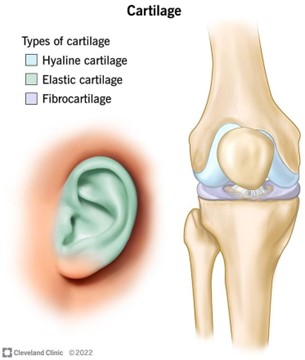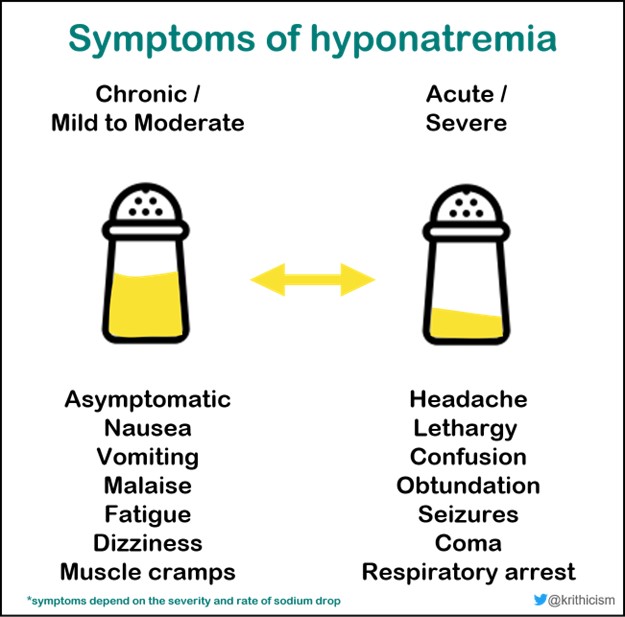A nurse is reinforcing teaching with an older adult client about physical changes that occur with aging. Which of the following should the nurse include as an expected age-related change?
Increased nail growth due to buildup of calcium deposits
Increased perspiration due to overproduction by the sweat glands
Increased cardiac output due to weakened heart walls
Increased joint stiffness due to loss of elasticity in joint cartilage
The Correct Answer is D
d. Increased joint stiffness due to loss of elasticity in joint cartilage.
Explanation:
The correct answer is d. Increased joint stiffness due to loss of elasticity in joint cartilage.
When teaching an older adult client about age-related changes, it is important for the nurse to provide accurate and relevant information. Joint stiffness is a commonly experienced age-related change that occurs due to the natural loss of elasticity in joint cartilage. As people age, their joints may become stiffer and less flexible, making movements and activities more challenging.
Option a is not the correct answer. Increased nail growth due to the buildup of calcium deposits is not an expected age-related change. Nail growth is primarily determined by factors such as genetics, overall health, and nutritional status, rather than calcium deposits.
Option b is not the correct answer. Increased perspiration due to overproduction by the sweat glands is not an expected age-related change. In fact, older adults may experience a decrease in the production of sweat, which can make them more susceptible to heat-related illnesses and dehydration.
Option c is not the correct answer. Increased cardiac output due to weakened heart walls is not an expected age-related change. With aging, the heart muscles may become stiffer and less efficient, leading to a decrease in cardiac output rather than an increase.
By focusing on the expected age-related change of increased joint stiffness due to loss of elasticity in joint cartilage, the nurse can provide accurate information and help the older adult client understand and manage this common aspect of the aging process.

Nursing Test Bank
Naxlex Comprehensive Predictor Exams
Related Questions
Correct Answer is A
Explanation
Hyponatremia refers to a lower-than-normal level of sodium in the blood. Sodium is an essential electrolyte involved in various bodily functions, including maintaining fluid balance and transmitting nerve impulses. When sodium levels are low, it can lead to fluid imbalances, affecting the function of muscles and nerves. Muscle cramps are a common manifestation of hyponatremia and occur due to alterations in muscle excitability and contractility.
Constipation: Constipation is not typically associated with hyponatremia. It can occur due to various reasons, such as dietary factors, lack of physical activity, or other medical conditions, but it is not a direct consequence of low sodium levels.
Hypertension: Hyponatremia is not usually associated with hypertension (high blood pressure). Hypertension can be caused by several factors, including genetics, lifestyle, and certain medical conditions, but it is not directly related to low sodium levels.
Blurred vision: While blurred vision can occur in some medical conditions, such as diabetes or certain eye disorders, it is not a typical finding in hyponatremia. Visual disturbances are not a direct consequence of low sodium levels.

Correct Answer is A
Explanation
Keeping a baby rear-facing in the car seat until they reach the age of 2 years old or until they reach the maximum height and weight limits recommended by the car seat manufacturer is a crucial safety guideline. Rear-facing car seats provide better support for a baby's head, neck, and spine in the event of a crash, reducing the risk of severe injuries.
"I should place my baby in the car seat at a 90-degree angle." The correct positioning for a rear-facing car seat is typically between a 30 to 45-degree angle. This angle helps ensure the baby's airway remains open and prevents their head from flopping forward.
"I should position the car seat's retainer clip at the level of my baby's belly button." The retainer clip of the car seat should be positioned at armpit level, not at the level of the baby's belly button. The retainer clip is designed to secure the harness straps and should be placed across the chest, resting on the bony part of the shoulders.
"I should enable the airbag when my baby is in the front seat of the car." It is not safe to have a rear-facing car seat with a baby in the front seat of a vehicle with an active airbag. Airbags can pose a significant risk to infants due to the force with which they deploy. It is recommended to place a rear-facing car seat in the back seat of the vehicle and disable the airbag in the front passenger seat if the baby needs to ride in the front.
It is important for parents to receive proper education on car seat safety and follow the guidelines set forth by car seat manufacturers, national recommendations, and local laws and regulations.
Whether you are a student looking to ace your exams or a practicing nurse seeking to enhance your expertise , our nursing education contents will empower you with the confidence and competence to make a difference in the lives of patients and become a respected leader in the healthcare field.
Visit Naxlex, invest in your future and unlock endless possibilities with our unparalleled nursing education contents today
Report Wrong Answer on the Current Question
Do you disagree with the answer? If yes, what is your expected answer? Explain.
Kindly be descriptive with the issue you are facing.
